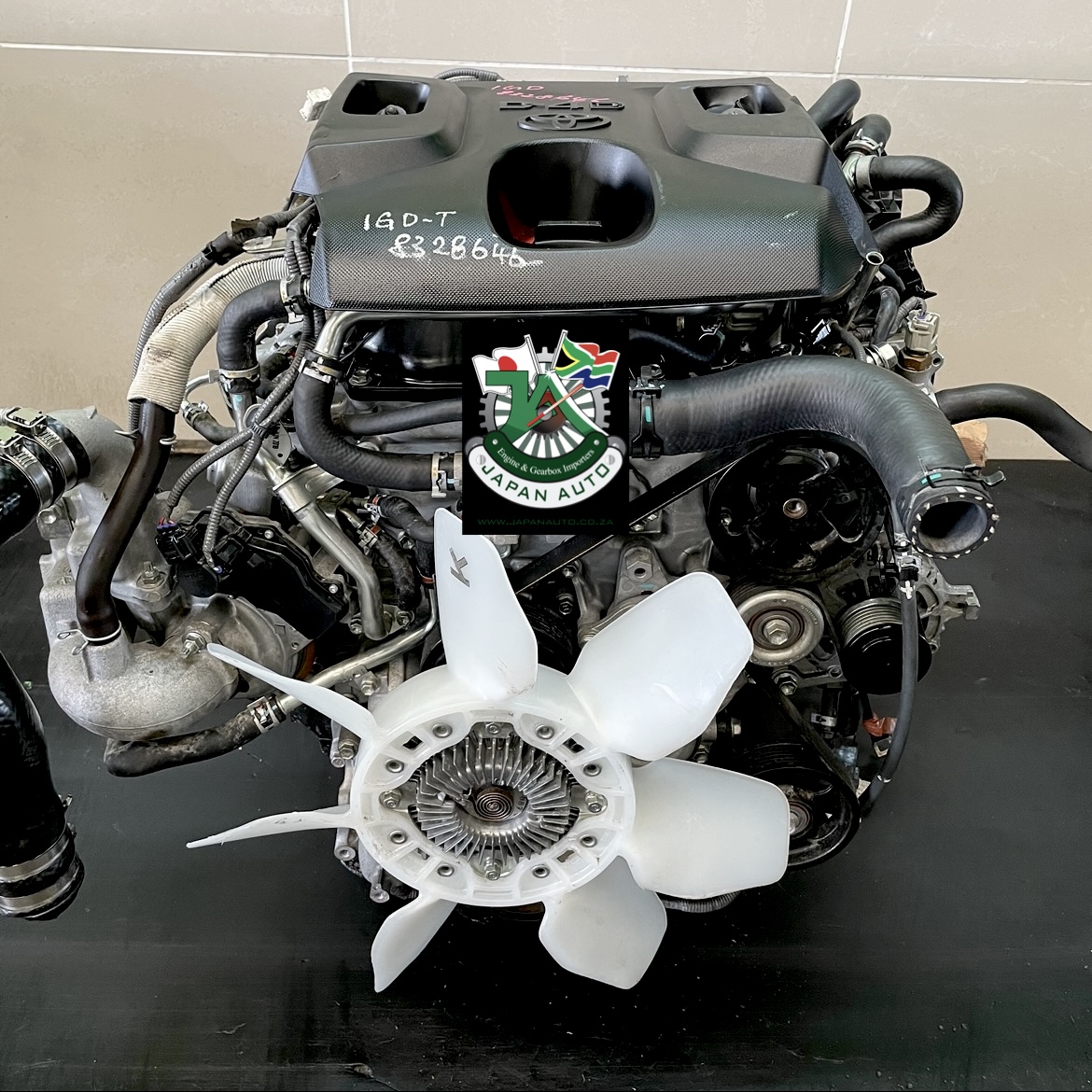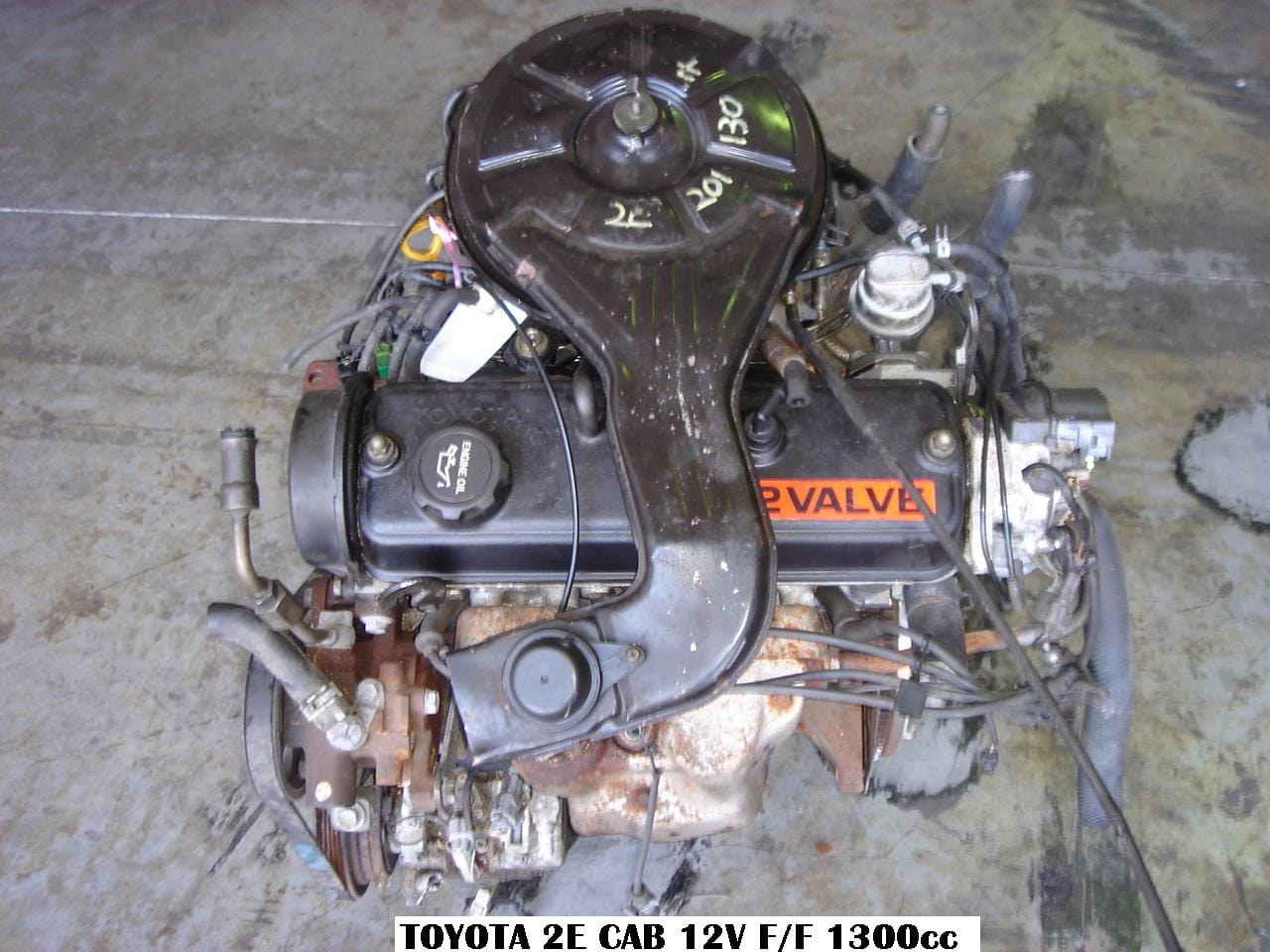Check Out the most recent Fads in Engine Innovation With Tazz
In the rapidly progressing landscape of auto modern technology, Tazz stands at the leading edge, highlighting significant innovations in engine systems that prioritize both technology and sustainability. tazz. From hybrid engines that enhance fuel performance to the appearance of hydrogen gas cells, the patterns shaping modern-day powertrains are not only enhancing efficiency but additionally addressing vital environmental difficulties. As the sector proceeds to press limits, it is vital to take into consideration how these growths will affect future transport options and the broader implications for international power consumption. What lies in advance in this pivotal makeover?
Hybrid Engine Innovations
Crossbreed engine developments stand for a pivotal change in automotive modern technology, incorporating the advantages of internal burning engines with electric propulsion systems. This integration not only enhances gas efficiency but likewise reduces discharges, conference increasingly rigid ecological policies. By making use of both power resources, hybrid engines can enhance efficiency, supplying power when required while conserving fuel throughout less requiring motoring conditions.
Recent improvements in hybrid innovation consist of renovations in battery effectiveness and regenerative stopping systems. These technologies permit greater energy recovery throughout slowdown, which can be rerouted to aid in velocity or power accessory systems. Additionally, suppliers are concentrating on lightweight products and small styles to optimize the efficiency of hybrid powertrains.
The development of plug-in hybrids has additionally increased the market, enabling vehicle drivers to bill their automobiles making use of basic electrical outlets. This attribute typically permits significant all-electric range, additional lowering reliance on traditional gas. tazz. As the auto sector continues to advance, hybrid engine innovations are expected to play a critical duty in linking the space in between conventional automobiles and completely electrical versions, offering a transitional service that satisfies diverse customer requirements and choices
Advances in Electric Powertrains
The auto landscape is rapidly advancing, with electrical powertrains emerging as a leading force in sustainable transportation. Advancements in electrical automobile (EV) innovation are substantially improving performance, user, and performance experience. Key developments include renovations in battery chemistry, which have actually boosted power thickness, minimized charging times, and extended overall battery life.
Solid-state batteries, for example, promise to transform the market by supplying greater safety and effectiveness contrasted to typical lithium-ion cells. In addition, advancements in regenerative braking systems are allowing automobiles to recover energy during slowdown, adding to overall effectiveness.
In enhancement to battery technology, electric motor styles are ending up being more advanced. Innovations such as incorporated motors and advanced thermal monitoring systems are aiding to enhance power distribution and lower weight, ultimately boosting lorry characteristics.

Collectively, these advancements highlight the dedication to change in the direction of cleaner, much more reliable transport services, positioning electrical powertrains at the leading edge of auto innovation.
The Surge of Hydrogen Fuel Cells
Increasingly, hydrogen gas cells are acquiring grip as a viable alternative to traditional inner burning engines and battery electrical automobiles. This modern technology harnesses the chemical energy saved in hydrogen, converting it right into power via an electrochemical reaction with oxygen. The primary result of this procedure is water, making hydrogen fuel cells an environmentally pleasant option with no exhausts at the tailpipe.

Automakers are significantly spending in hydrogen gas cell innovation, acknowledging its capacity for long-range applications and quick refueling capabilities that equal standard fuels. In addition, fields such as durable transport and public transit are especially fit for hydrogen gas cells, where battery electric options may drop short because of weight and array restrictions.
As research study and investment proceed to broaden, hydrogen fuel cells are poised to play a significant duty in the future landscape of clean transportation a knockout post and power solutions.
Enhancements in Internal Combustion Engines
Technologies in interior burning engine (ICE) innovation are changing typical vehicles to meet modern-day ecological requirements and efficiency assumptions. Among the most considerable improvements involves the combination of advanced gas injection systems. These systems optimize the air-fuel combination, boosting combustion effectiveness and resulting in reduced exhausts. Direct fuel injection, for circumstances, enables far better atomization of gas, resulting in more total burning and improved power outcome.
In addition, turbocharging has actually acquired prestige, enabling smaller engines to supply higher efficiency without the weight of larger engines - tazz. This modern technology not only boosts performance but additionally adds to decrease fuel intake. Variable valve timing systems are additionally being improved, enabling engines to adjust to various driving conditions for improved torque and click for more info responsiveness
In addition, using light-weight materials in engine building and construction is ending up being standard, additional boosting fuel performance by decreasing total car weight. Engine control devices (ECUs) are increasingly advanced, making it possible for real-time modifications that maximize performance and discharges.
These improvements jointly represent a crucial change in ICE modern technology, aligning with worldwide sustainability objectives while still providing the performance motorists get out of their cars. As the market advances, these improvements remain to form the future of typical automotive engineering.
Future Patterns in Engine Effectiveness
Substantial advancements in engine efficiency are expected as makers concentrate on incorporating cutting-edge technologies to meet rigid ecological guidelines and customer needs. The change in the direction of electrification, crossbreed systems, and different gas is improving the auto landscape, driving innovations that enhance fuel economy and reduce emissions.
One of the key trends is the implementation of advanced materials and manufacturing techniques. High-strength alloys and light-weight compounds add to decreased car weight, thus improving overall performance. In addition, the fostering of turbocharging and variable shutoff timing innovations permits improved power output from smaller sized engines, additionally improving fuel economy.

Verdict
Innovations in hybrid engine visit the website systems, electric powertrains, and hydrogen gas cells show a dedication to reducing discharges while improving efficiency. Renovations in internal combustion engines and a focus on lightweight materials add to total engine performance.
From crossbreed engines that optimize fuel efficiency to the development of hydrogen fuel cells, the patterns forming modern-day powertrains are not just boosting efficiency yet additionally addressing crucial environmental difficulties.Hybrid engine advancements represent an essential change in vehicle innovation, integrating the advantages of interior combustion engines with electric propulsion systems.Additionally, turbocharging has gained prominence, allowing smaller sized engines to supply greater efficiency without the weight of larger engines. Additionally, the adoption of turbocharging and variable shutoff timing modern technologies permits for boosted power outcome from smaller engines, even more enhancing gas economic situation.
Enhancements in interior combustion engines and an emphasis on light-weight materials contribute to total engine performance.